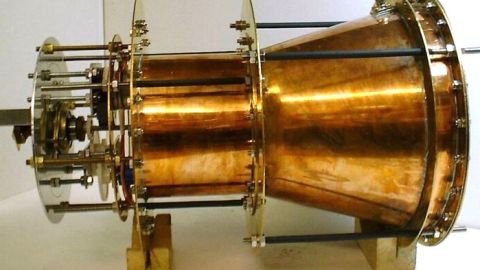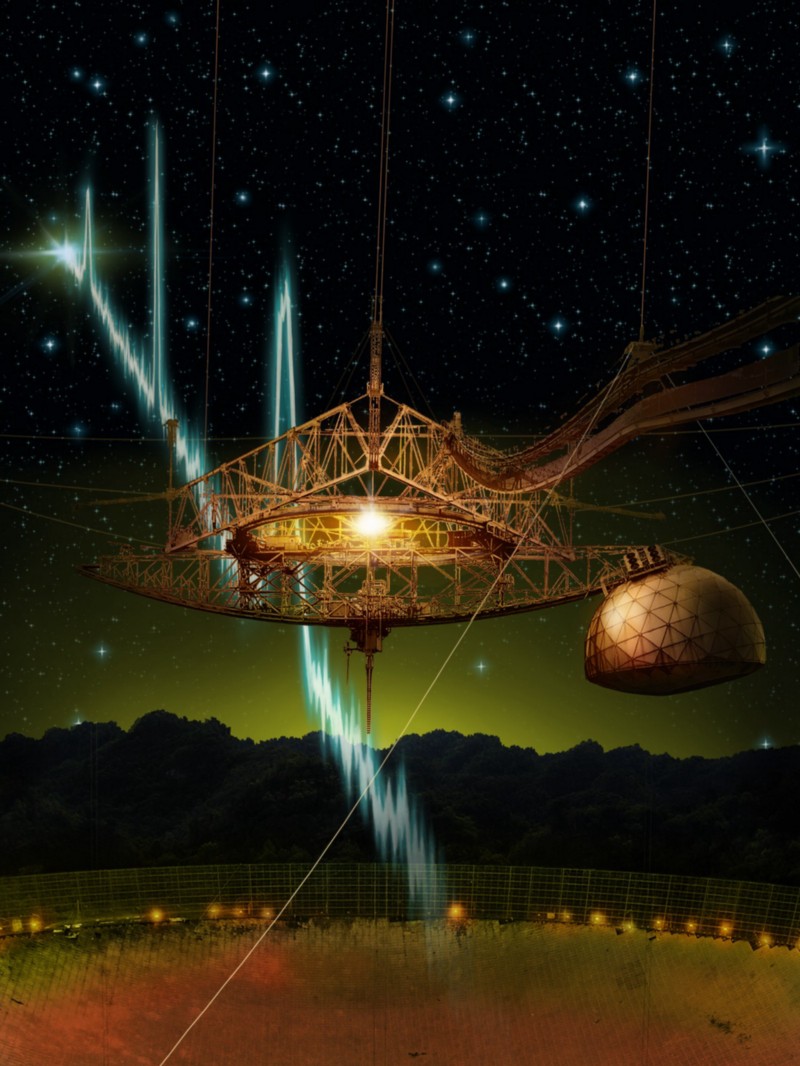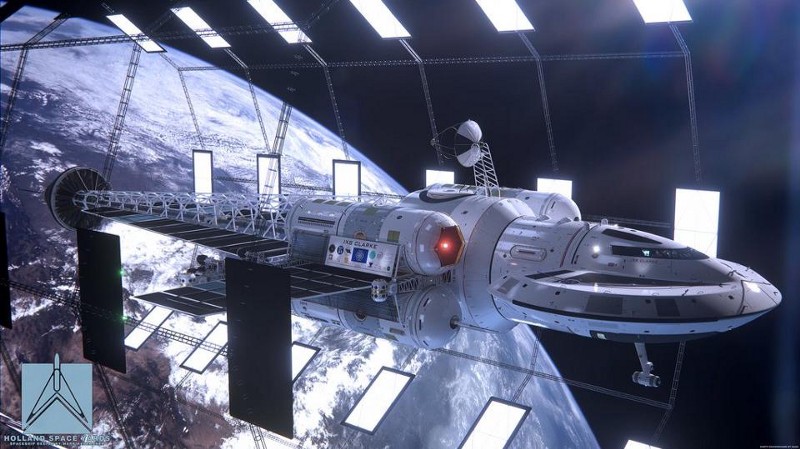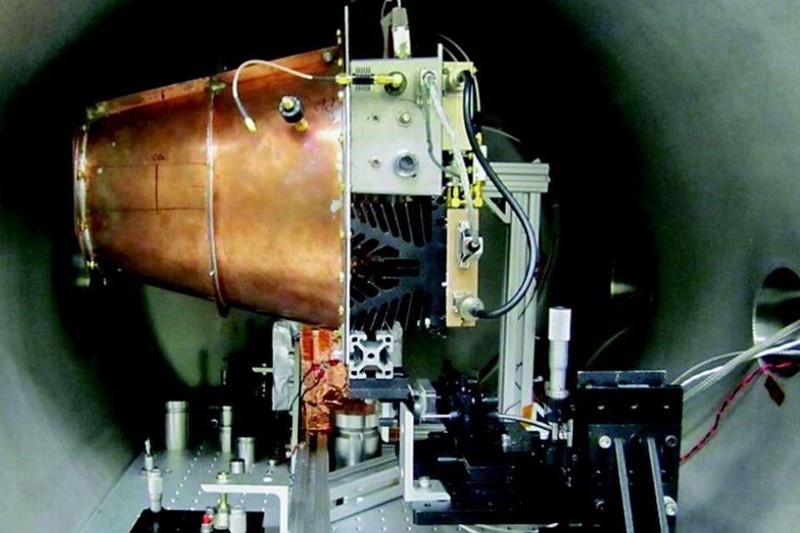EM Drive, the Impossible Rocket Engine, May Be Closer to Reality

As technological advancements continue at breakneck speed, recent developments raise hopes in the creation of the hypothetical “Em Drive”. This electromagnetic propulsion drive or “Em Drive” would give us the capability to explore space in a revolutionary way, without needing fuel. It would theoretically allow for trips to Mars in about two months, while going to the moon would only take a few hours. Oh, it might also solve climate change, the energy crisis, and transform the aerospace industry as we know it.
The EM Drive was first proposed as a possibility in 1999 by the British scientist Roger Shawyer. Since then the idea has also captured the imagination of scientists worldwide, with independent teams in countries like UK, China, Germany, Finland and the United States trying to make the Star-Trek-like technology a reality. Nine studies on the “Em Drive” have been published since 2012.
While the prospects of such a drive being developed boggle the mind, most physicists do not believe it’s feasible. One thing that is going against the possibility of the EM Drive is that it seems to contradictNewton’s third law of motion, one of the foundational laws of classical mechanics. This law states that for every action, there is an equal and opposite reaction. But the EM Drive, going forward in one direction, would have no propellant. If nothing is generating thrust and pushing the rocket, how will it go forward?
The way the drive is supposed to work is by converting electricity into microwave photons, which are then fired into a closed cone-shaped cavity. The photons would push against the large end of the cone, making the small end accelerate in the opposite direction. Space vehicles powered by Em Drives would be much lighter without having to carry loads of fuel, able to achieve extremely high speeds.
How close are we to testing anything like the EM Drive?
A recent announcement from the American Institute of Aeronautics and Astronautics that it peer-reviewed a soon-to-be-published paper on the drive from NASA’s research group Eagleworks has generated much cautious excitement. The fact that this paper, titled “Measurement of Impulsive Thrust from a Closed Radio Frequency Cavity in Vacuum”, passed a peer review potentially suggests that this technology is becoming real.
The EM Drive generated another dose of enthusiasm courtesy of the American inventor Guido Fetta. He announced that he’ll put the Cannae Drive, a proprietary rocket engine he created based on Shawyer’s original designs, on a mini-satellite (6U CubeSat). The satellite could be launched into space as early as six months from now. Shawyer himself is skeptical the Cannae Drive would generate much thrust.
To learn more, check out this Em Drive presentation by Roger Shawyer:
Cover photo: EM Drive. Credit: Roger Shawyer, Satellite Propulsion Research Ltd.





